G-Sync is, by necessity, a hardware solution. To take control of the monitor’s refresh rate the monitor itself needs its hardware tinkering with. While this could – and no doubt will – be done by monitor manufacturers themselves, for the time being Nvidia has created its own control board and G-Sync module.
The module theoretically can be retrofitted to a number of existing monitors as it replaces the display’s usual scaler board, and these largely use a standard fitting. It’s notable that G-Sync doesn’t actually replace the hardware scaler but drops it all together, instead relying on the fact you’ll have a powerful graphics card that can do scaling for you.
G-Sync works by taking control of the display’s VBLANK (vertical blanking interval) signal. VBLANK is a throwback to the days of CRTs where the monitor required a moment of pause to allow the scanner to go from the bottom of the screen back to the top. By controlling this in-built delay, where the screen simply sits and waits in whatever its current state is, it allows Nvidia to make the display only start showing a new frame on its command.
The reason for that upper bound of 33.3ms (30Hz) is G-Sync can currently only hold a frame for that long. On 60Hz panels this makes the range of variance for G-Sync between the quickest panel refresh and the slowest, 16.7ms to 33.3ms or between 60Hz and 30Hz. However, the lower bound can be decreased depending on how fast the monitor can refresh. So the only G-Sync monitor currently available – the Asus VG248QE – has a refresh rate of 144Hz making the range of frame refresh speeds 6.94ms to 33.3ms.
The G-Sync chip itself is actually an FPGA (the Altera Arria V GX) rather than a custom-designed ASIC: a sure-fire sign of how young this technology currently is. Accompanying the chip is 768MB of DDR3 RAM that is used for a number of things including for storing the previous frame, which is used for comparison when making overdrive calculations.
The current implementation of G-Sync has some limitations. For a start it currently only supports DisplayPort 1.2, though there’s theoretically no reason why future versions couldn’t later work with DVI and HDMI too. Audio pass-through is also not supported, with Nvidia’s logic being that most gamers won’t be using the speakers on their monitor – a reasonable assumption. The technology also only works over LVDS connections and not V-by-One, which could limit its compatibility with certain TVs and laptops.
A somewhat surprising impact of G-Sync is that it also causes a slight performance hit. The exact impact varies but between 3-5% of performance is lost compared to using V-Sync. Generally this should in theory be more than made up for by the overall smoother experience: 55 fps with G-Sync should be much better than 58fps with V-Sync.
G-Sync will work with any Nvidia GPU that is equal to or better than the GeForce GTX 650 Ti Boost, and which includes a Display Port 1.2 socket. You’ll also need a DisplayPort 1.2 cable and to be running Windows 7 or 8.1. You must also run the game in fullscreen mode as running in a window reverts back to v-sync.
The first implementation of G-Sync is in the Asus VG248QE, a widely available 24in, 1080p, 3D-capable monitor retailing for around £280 ($280). Nvidia has retrofitted the G-Sync module into these displays – in fact Scan, who currently has an exclusive on the G-Sync version here in the UK, is fitting the boards itself – and has made hints that it will make the G-Sync boards available for retail for existing owners of this monitor to upgrade themselves.
As with most really fast gaming models, the monitor itself uses a TN panel. G-Sync will work with IPS panels, and we fully expect to see some models announced soon, but Nvidia has chosen to target this enthusiast, gaming oriented monitor first. We’re not going to dwell on the monitor itself in this article – we’ll follow up with a full review of the display shortly – but the short version is that it’s a shame Nvidia chose this panel. The overall image quality is not very good with poor viewing angles and a very washed-out, over-bright look.
More important now, though, is whether the technology works, so let’s take a look…
The module theoretically can be retrofitted to a number of existing monitors as it replaces the display’s usual scaler board, and these largely use a standard fitting. It’s notable that G-Sync doesn’t actually replace the hardware scaler but drops it all together, instead relying on the fact you’ll have a powerful graphics card that can do scaling for you.
G-Sync works by taking control of the display’s VBLANK (vertical blanking interval) signal. VBLANK is a throwback to the days of CRTs where the monitor required a moment of pause to allow the scanner to go from the bottom of the screen back to the top. By controlling this in-built delay, where the screen simply sits and waits in whatever its current state is, it allows Nvidia to make the display only start showing a new frame on its command.
Nvidia G-Sync Review - How It Works
The key difference here between G-Sync and V-Sync is that the period for which the display waits isn’t set at fixed intervals. So where on a 60Hz monitor using V-Sync each frame will be shown for multiples of 16.7ms (33.3ms, 50ms etc), with G-Sync it can be anything between 16.7 and 33.3ms. So if the GPU is regularly delivering 40fps the display can consistently deliver frames of around 25ms – with V-Sync it would be constantly flipping between a 16.7ms frame and a 33.3ms frame.The reason for that upper bound of 33.3ms (30Hz) is G-Sync can currently only hold a frame for that long. On 60Hz panels this makes the range of variance for G-Sync between the quickest panel refresh and the slowest, 16.7ms to 33.3ms or between 60Hz and 30Hz. However, the lower bound can be decreased depending on how fast the monitor can refresh. So the only G-Sync monitor currently available – the Asus VG248QE – has a refresh rate of 144Hz making the range of frame refresh speeds 6.94ms to 33.3ms.
The G-Sync chip itself is actually an FPGA (the Altera Arria V GX) rather than a custom-designed ASIC: a sure-fire sign of how young this technology currently is. Accompanying the chip is 768MB of DDR3 RAM that is used for a number of things including for storing the previous frame, which is used for comparison when making overdrive calculations.
The current implementation of G-Sync has some limitations. For a start it currently only supports DisplayPort 1.2, though there’s theoretically no reason why future versions couldn’t later work with DVI and HDMI too. Audio pass-through is also not supported, with Nvidia’s logic being that most gamers won’t be using the speakers on their monitor – a reasonable assumption. The technology also only works over LVDS connections and not V-by-One, which could limit its compatibility with certain TVs and laptops.
A somewhat surprising impact of G-Sync is that it also causes a slight performance hit. The exact impact varies but between 3-5% of performance is lost compared to using V-Sync. Generally this should in theory be more than made up for by the overall smoother experience: 55 fps with G-Sync should be much better than 58fps with V-Sync.
G-Sync will work with any Nvidia GPU that is equal to or better than the GeForce GTX 650 Ti Boost, and which includes a Display Port 1.2 socket. You’ll also need a DisplayPort 1.2 cable and to be running Windows 7 or 8.1. You must also run the game in fullscreen mode as running in a window reverts back to v-sync.
The first implementation of G-Sync is in the Asus VG248QE, a widely available 24in, 1080p, 3D-capable monitor retailing for around £280 ($280). Nvidia has retrofitted the G-Sync module into these displays – in fact Scan, who currently has an exclusive on the G-Sync version here in the UK, is fitting the boards itself – and has made hints that it will make the G-Sync boards available for retail for existing owners of this monitor to upgrade themselves.
As with most really fast gaming models, the monitor itself uses a TN panel. G-Sync will work with IPS panels, and we fully expect to see some models announced soon, but Nvidia has chosen to target this enthusiast, gaming oriented monitor first. We’re not going to dwell on the monitor itself in this article – we’ll follow up with a full review of the display shortly – but the short version is that it’s a shame Nvidia chose this panel. The overall image quality is not very good with poor viewing angles and a very washed-out, over-bright look.
More important now, though, is whether the technology works, so let’s take a look…

MSI MPG Velox 100R Chassis Review
October 14 2021 | 15:04


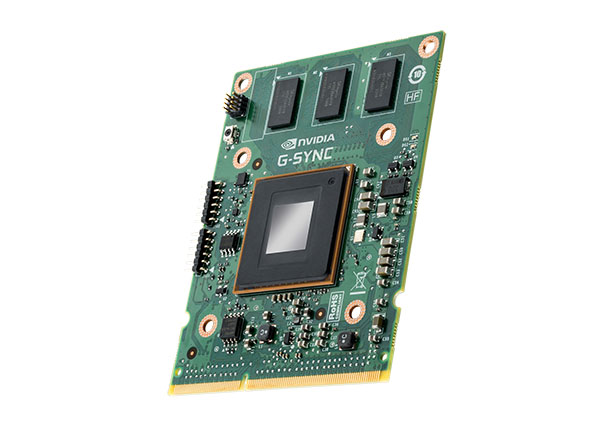
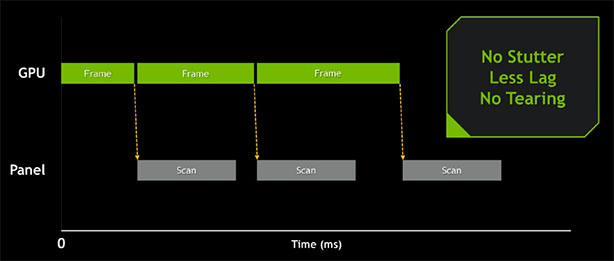
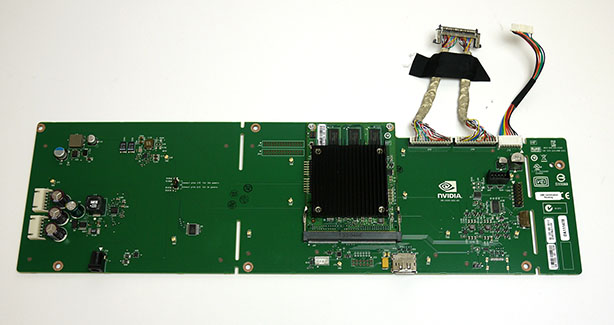
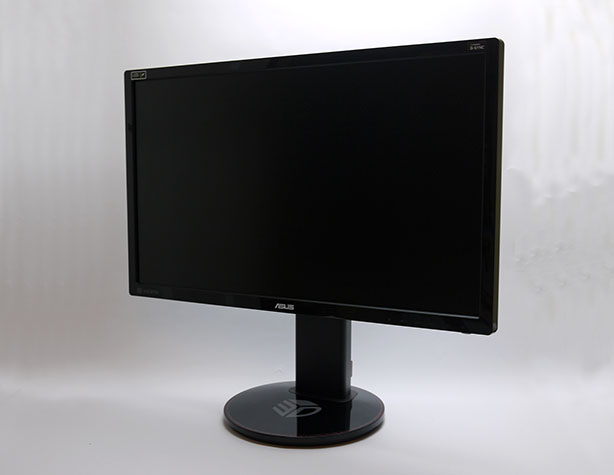
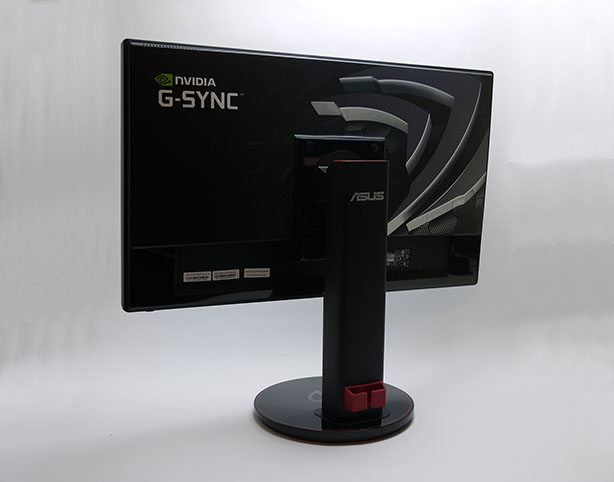







Want to comment? Please log in.